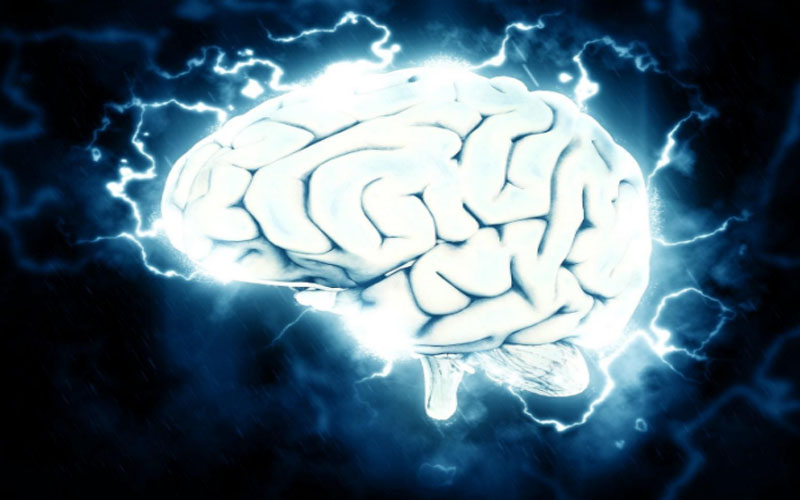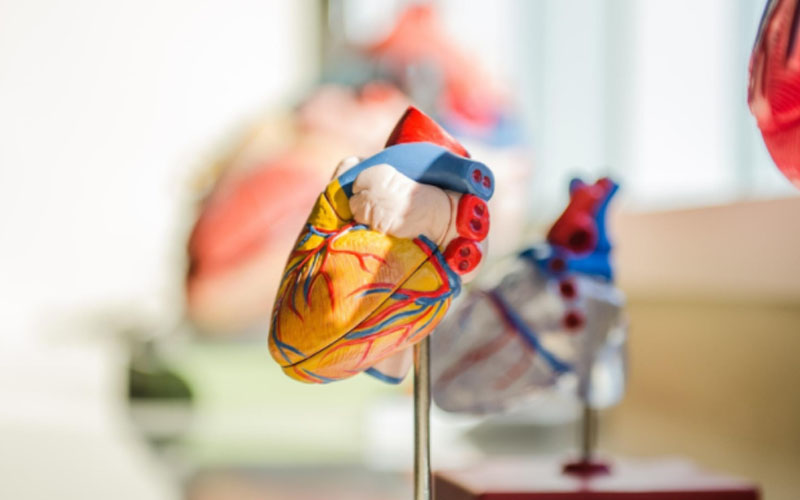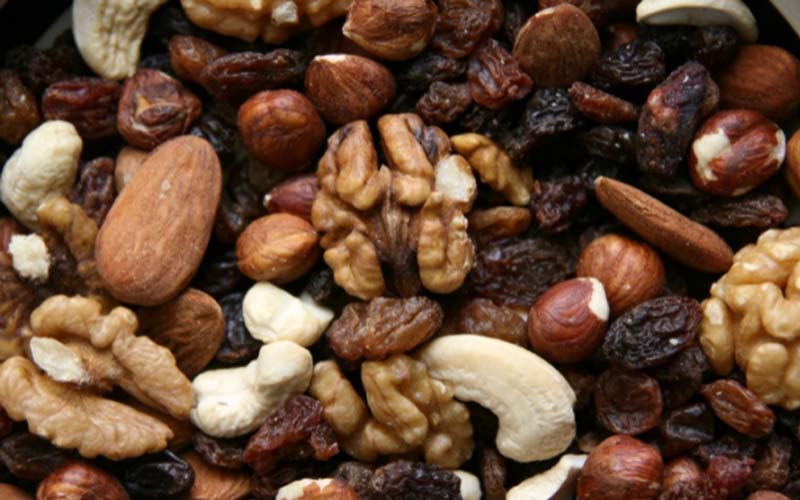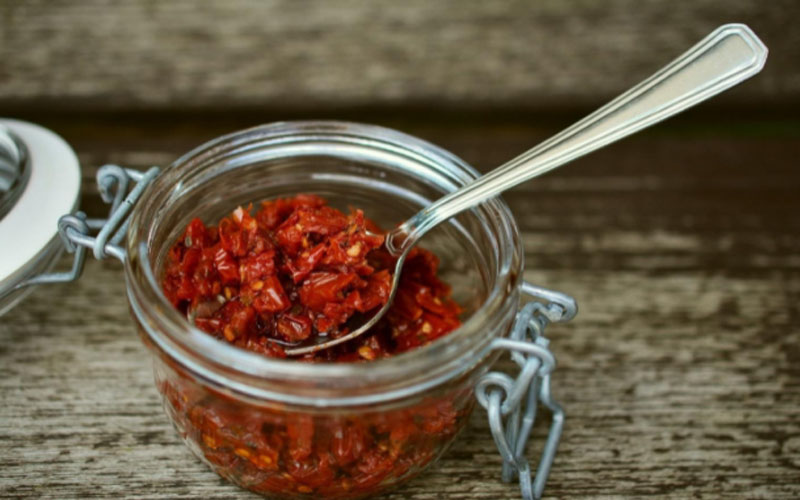Source : Pixabay
In America alone, someone is hit by a heart attack every 40 seconds. This translates to about 805,000 Americans who have to deal with heart attacks each year, with over 600,000 being first-time victims. The situation is grimmer when it comes to stroke. One in every six cardiovascular deaths is due to stroke. Every 4 minutes, there’s someone in America who succumbs to a stroke. All these stats paint a bleak picture for these two conditions, and judging by how people live and eat; the situation is about to get worse as the years go by.
To shed some light on heart attacks and strokes, we are going to explore each of them, look at their causes, their risk factors, their symptoms, treatment, and the preventive measures one can take in advance to reduce the chances of the diseases striking them. If you have been curious about strokes and heart attacks or have someone in your family who has suffered from these conditions, then this is for you.
Table of Contents
What is a Stroke?

A stroke is a condition that occurs when there’s a low supply of blood to the brain. This reduces oxygen and nutrients from reaching important brain tissues, which leads to brain cells dying within minutes. This can happen when blood vessels responsible for transporting the oxygen and nutrients burst or are blocked by a blood clot. This makes strokes very dangerous as they are usually missed in diagnosis, with most of them being caught after someone has suffered a stroke for the first time.
Types of Stroke
There are three main types of stroke, each manifesting itself in different ways and each carrying varying levels of severity. The three types of stroke include the following.
Transient Ischemic Attack: This is also called a warning stroke or a mini-stroke. It is the least severe and usually involves small clots that block some arteries and veins. However, being hit by this stroke is usually a red flag and an indication of something worse to come if nothing is done to rectify it immediately. The symptoms and the clot responsible for TIA usually last for a short period of time.
Ischemic Attack: This happens when a blood clot caused by atherosclerosis stops the blood from reaching the brain completely. It is much more severe compared to TIA, and it accounts for over 80% of all stroke attacks in the world. An Ischemic stroke can be embolic, which means that the blood clot moves from another part of the body to your brain because of a condition called atrial fibrillation or irregular heartbeat rhythm. Another type is thrombotic stroke which is a stroke caused by a clot forming in the brain in a location that didn’t exist previously. Clots that cause Ischemic stroke don’t disappear without treatment.
Hemorrhagic Stroke: This is a stroke that takes place when a blood vessel in the brain ruptures, spilling all the blood into the surrounding tissues. There are three types of hemorrhagic stroke, and they include an aneurysm that leads to blood vessels ballooning and rupturing. There’s an arteriovenous malformation that is caused by abnormally formed blood vessels, and then there’s hypertension which does lead to internal bleeding if left unchecked.
Risk Factors

There are several factors that make you vulnerable to suffering from a stroke. Some are natural, and some are caused by lifestyle habits, among other controllable factors. The direct cause of stroke is not very clear, but the following risk factors create the perfect conditions for stroke to set in.
High Blood Pressure: A high blood pressure is the leading cause of so many complications, with stroke being prominent among them. Having a blood pressure of over 140/90 then you should consider getting on medication that will control your blood pressure to reduce the risk of suffering from a stroke.
Smoking: There’s nothing good that ever comes out of smoking. On top of increasing your chances of getting lung cancer, it also raises your odds of suffering from a stroke even when you are still young. The nicotine present in cigarettes tends to make the blood pressure skyrocket, and at the same time, it leads to an unhealthy buildup of fatty layers in the neck area, and this makes the chances of clots forming much higher.
Heart Diseases: Heart conditions like defective valves or irregular heartbeats have been linked to stroke. Irregular heartbeats, for instance, have been found to be responsible for over a quarter of all strokes in old people. A healthy heart reduces the chances of stroke developing significantly.
Diabetes: Type 2 Diabetes is never far off from heart-related complications and strokes as it is also a leading cause of high blood pressure. People who are overweight and diabetic are at the highest risk of getting a stroke due to the strain that the blood vessels have to deal with in transporting blood around the body in that condition.
Medication: There are certain types of medications that can increase your chances of getting a stroke early in life. Blood-thinning drugs, for instance that are used to deal with clots can lead to internal bleeding leading to stroke. Hormone therapy drugs have also been linked to strokes, as well as some estrogen and birth control pills.
Age: Stroke is not limited to grownups and old people. Even babies can suffer from it in some rare cases. However, the chances increase exponentially the older you grow. This then starts doubling every decade once you hit 55, getting worse the older you grow. This is why the highest number of people who suffer strokes are senior citizens who are beyond 60 years.
Family History: Having a history of stroke in the family will increase your chances of getting one in the future. Running away from this is usually hard as it is wired in the genes since some are caused by genetic disorders that cannot be done away with. The best you can do is find ways to reduce the effects once it sets in.
Gender: Men are more likely to suffer from stroke compared to women in the same age group. However, the risk for women increases once they hit menopause, and this makes it harder for them to recover when the stroke sets in later on.
Race: Incidences of stroke have been found to be higher in people of African and Hispanic origins than any other group. This is attributed to sickle cell anemia, another disease unique to these races that narrow arteries and interferes with blood flow. All these can combine to create clots in the brain leading to severe stroke.
Signs and Symptoms

People who suffer from strokes exhibit certain characteristics that can save their lives if observed by someone who knows what they are looking at. These signs and symptoms manifest themselves randomly, and they include the following.
Slurred speech and having trouble understanding what people are saying around them. This is exhibited by a look of confusion where the victim appears to be in a daze.
Paralysis of the face, arms, or legs. Sudden numbness may set in without any warning, with weaknesses of the muscles affecting one side of the body. The victim loses control of that half completely. A side of the mouth drooping when you try to smile or your arm falling when raised are clear signs of stroke.
Headaches and migraines are accompanied by dizziness, vomiting, and confused consciousness.
Having difficulty walking where you stumble even on flat surfaces due to the inability to raise the legs properly. There’s also a loss of coordination between the arm and legs, with the victim appearing to walk like a glitching robot.
Prevention and Treatment

Stroke, like other serious conditions of the brain and heart, are better dealt with before they set in. But once they have roosted, the best you can do is try things that will reduce their risks on your well-ben. Some of these include the following.
Regular exercising to cut down cholesterol in the body, which leads to clots
Cutting down on smoking and drinking
Regular checkups
Eating healthy food
Managing diabetes and hypertension
Using prescribed medication in severe cases.
What is a Heart Attack?

A heart attack happens when there’s a problem somewhere along the circulatory system that blocks the flow of blood to a coronary artery. Stopping the blood from reaching the heart is dangerous as that can lead to death within minutes, and this is why heart attacks are among the leading causes of death across the globe.
Types of Heart Attacks
There are three types of heart attacks, each caused by a different agent with different outcomes. To help you understand it better, the following are the three types that exist in the medical world.
STEMI: This is the most major of all heart attacks, and it occurs when a coronary artery is completely blocked, leading to a huge part of the heart muscles being cut off from vital blood supply. This usually leads to death or some very significant and lasting damage. STEMI is usually characterized by pain at the center of the chest that can be described as a feeling of tightness and pressure. The pain also extends to the arm, neck, or jawline.
NSTEMI: This is when a coronary artery is blocked partially. It is hard to detect this type of heart attack since, most of the time, the heart continues to perform like nothing has happened. The only way to catch an NSTEMI is through a coronary angiography that will now expose the section of the blocked artery.
CAS: This is also called the silent heart attack as it is not triggered by a blockage of any kind. It occurs when an artery tightens up so much that blood flow is stopped or gets reduced drastically. Sometimes it is mistaken for muscle spasms or indigestion, and this makes detecting it even harder than NSTEMI. Silent heart attacks are not as serious as the other two, but they do make the conditions right for a serious STEMI to take place.
Risk Factors

Just like stroke, there are several factors that increase the chances of an individual suffering from a heart attack at any stage of their lives. Some are natural risk factors that one can’t do anything about, while others are linked to lifestyle habits. They include the following.
Age: The older you grow the higher the risk of getting a heart attack. This doesn’t exempt young people from suffering from the condition, but the chances are usually very slim. Fr men, the risk increases once they pass 45 years, while for women, things get a little hairy once they have hit 55 years.
Smoking: Smoking for a long part of your young life only serves to set you up for a heart attack in the near future. Smoke makes arteries too turgid by increasing blood pressure. This will also affect people who inhale second-hand smoke.
High Blood Pressure: Hypertension tends to damage arteries over time, making them weak, and this will eventually start to interfere with the efficient transportation of blood to the heart. Hypertension is also linked to obesity, diabetes, and high cholesterol, and when all these factors are present in the same body, the chances of a heart attack increases tenfold.
Metabolic Syndrome: This is a condition that occurs in people dealing with diabetes, obesity, and hypertension. These conditions increase the strain on the heart, which leads to double the chances of a heart attack setting in.
Family History: If you come from a family with a long history of heart attacks, then you are most likely to suffer one at some point later on in life. For males, the risk increases once they reach 55 years, while for women, the risk starts rising up after 65 years. There’s very little you can do here to counter this, but you can have the insight of knowing what to do to delay that eventuality.
Stress: People respond in different ways to stress, and this may trigger a heart attack in the most extreme cases. Using illicit drugs to counter the effects of stress can make things worse as they may trigger spasms in the coronary arteries leading to heart attacks that may lead to death if nothing is done quickly enough.
Sedentary Lifestyle: People downplay the benefits of being fit greatly. It doesn’t have to be something too intense, but keeping the body active makes it resistant to conditions like heart attacks and strokes. By exercising, you are ensuring that there is no buildup of cholesterol or fat deposits. This not only lowers your blood pressure but boosts the health of your arteries, and this reduces the chances of clots and blockages forming.
Arrhythmia: Irregular heartbeats have been known to trigger heart attacks randomly due to electrical short circuits developing. These irregular heartbeats can interfere with the normal movement of blood into and out of the heart, creating spasms that can lead to sudden death even when the victim appears to be healthy and well.
Autoimmune Conditions: There are some autoimmune complications like lupus and rheumatoid arthritis that increase the chances of the victim getting a heart attack. If you happen to suffer from any of these conditions, then you have to take extra care in monitoring your heart.
Prevention and Treatment

Eliminating heart attacks completely once they have started manifesting themselves is not easy. However, there are certain things one can do to ensure the damage is reduced to a minimum. These activities include a change of lifestyle habits as well as medication. They include the following.
Taking medication can reduce the risk of getting hit by a heart attack and can even help mend the damage caused by it, making the heart function even better. Once you have been prescribed drugs by your personal doctor, continue taking them faithfully and keeping in touch with the doctor to ensure that actual progress is being made.
Eating a healthy diet full of foods that are good for the heart is another great way to keep yourself safe from heart attacks. Get the help of a dietician to create the best meal plans that will ensure your heart is protected from unnecessary complications that may trigger heart attacks.
Changing your bad lifestyle habits like smoking and drinking is another step in the right direction. There’s very little that either brings to the body and when you are a high-risk person with a number of other complications like hypertension and diabetes, then dropping these lifestyle habits is necessary for your survival.
Exercising regularly will help dilate your arteries a little more, and this can get rid of any blockage without having to go under the blade or use expensive medication. Exercising is also good for your heart as it makes it work better in a healthy way since the muscles are kept in tiptop condition.
Conducting regular checkups will help keep you abreast of anything that may develop without your knowledge when it comes to heart attacks and strokes. Being a step ahead is what keeps you alive. Therefore, make those visits to the hospitals as regularly as possible.
Consider getting a home-use blood pressure monitor with an app that will help you keep track of your blood pressure from the comfort of your home. When your blood pressure is controlled, the chances of getting a heart attack are greatly reduced.
Foods that Help with Heart Attacks and Stroke
Eating the right foods is the difference between a healthy heart and brain and one that is forever dealing with all kinds of complications. It has been found that dieting is the most effective preemptive method of stopping some complications from ever existing. The following are some of the foods you should partake in to keep strokes and heart attacks at bay.
Dried Apricots

Apricots are a very good source of potassium which is a vital element used in reducing the chances of getting a stroke. On average, an adult needs 4,700 mg of potassium in a single day. Having a single cup of apricots yields about 1500 mg of potassium which is way higher than bananas and other types of foods. Therefore, if you are looking for that potassium boost, consider going for apricots.
Leafy Green Vegetables

Spinach, collard greens, and kale are rich in minerals, essential vitamins, and antioxidants that are necessary for keeping arteries healthy and strong enough to deal with the demands of the body. They are a rich source of Vitamin K which is essential in keeping the blood from clotting up unnecessarily, and this reduces heart attacks. Leafy greens are also rich in dietary nitrates that help in reducing hypertension and stiffness of the arterial walls.
Cashews

Cashews are a rich source of magnesium, another vital element that helps keep stroke at bay. Studies have been conducted by various researchers who arrived at the conclusion that a higher intake of magnesium was directly attributed to reduced cases of stroke. Cashew nuts contain about 74 mg of magnesium which is all the amount you need in a single day to keep things in the body stabilized. The good thing with cashew nuts is that they can be combined with other foods as accompaniments.
Whole Grains

Whole grains are a wide variety of foods that range from rice, barley, quinoa, oats, and rye, among another’s. Each of these brings a unique twist to the food pool that helps the heart fortify itself against heart attacks. They are rich in natural fiber that play a huge role in reducing LDL cholesterol in the body. It has been found that eating three servings of whole grains in a day reduces the risk of getting hit by a heart attack by 22%. Increase your whole grain intake by sampling all the varieties that exist and watch the health of your heart improve drastically.
Sun-Dried Tomatoes

Tomatoes are effective anti-oxidants that will help clear clogged arteries that may lead to stroke. They contain about 45mg of antioxidants called lycopene that play a huge role in reducing chances of getting stroke and prostate cancer if you consume about 20mg per day. Sun-dried tomatoes are proffered because they have all the nutrients concentrated in one place after the moisture has been taken out through drying.
Berries

There are so many varieties of berries that pack a lot of beneficial nutrients that will help boost your chances of beating heart attacks. Be it strawberries, blackberries, blueberries, or raspberries, you are assured of getting a lot of varied nutrients that you wouldn’t find anywhere else. Berries are well known for their high fiber content as well as their anti-inflammatory properties that reduce the risk of heart diseases by huge margins. The best part of eating berries is that they taste so good and can be consumed in a number of ways.
Conclusion
Heart attacks and strokes continue to be a menace to people as days go by. There are no conclusive treatment options available, and the search for that continues. However, it is not all gloom and doom. There are several proven methods that one can use to keep the effects to a bare minimum. If you are interested to know more about dealing with heart attacks and strokes, then feel free to check out our website when you get the chance and have all your questions and concerns answered by our team of health experts.



